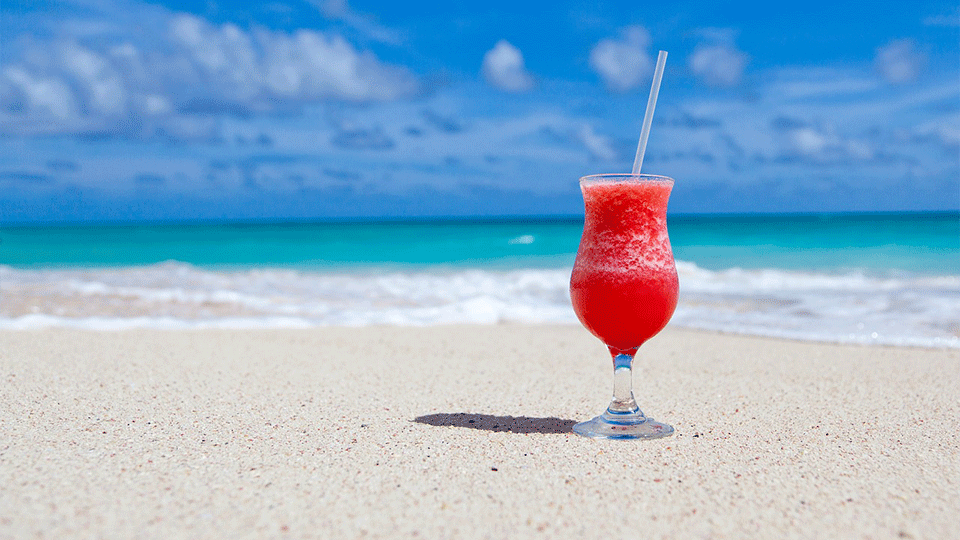

Distinguishing between water shoes and beach shoes can sometimes feel like trying to spot the difference between two seemingly identical shades of blue. Despite their similarities, these types of footwear are inherently different, each specifically fashioned to serve unique purposes depending on your aquatic adventures. This article aims to delve deeper into these differences, helping you identify which shoe is the best for your specific requirements.
Water shoes are explicitly crafted for those occasions when you expect your feet will be both in and out of the water. Adorned with a specialist design that allows water to drain out quickly while also preventing debris and rocks from entering the shoe, water shoes are favored for activities such as kayaking, white-water rafting, or even hiking along wet, rocky terrains.
The intricacies of water shoe design typically include sturdy rubber soles offering a high level of grip on slippery surfaces and a closely woven mesh upper part for quick water drainage. This protective construction and design shield your feet from sharp underwater objects and provide you with crucial stability when swiftly moving through water or on damp surfaces.
Beach shoes, alternatively, are your go-to footwear for those relaxing days at the seaside. They are crafted leisurely for walkabouts on the sand, protecting your feet from the scorching heat and rough sand granules. Generally lightweight and well-aerated, beach shoes offer essential comfort for a day at the beach.
Though beach shoes can endure some interaction with water, they lack the overall protection that water shoes provide, particularly for your underfoot. They're created to prioritize ventilation and easy wearability, using materials that are light and breathable, allowing you to keep your feet open to the cooling beach breeze.
Drilling down into the composition of these footwear types, significant differences become apparent. Water shoes are engineered with durable, water-resistant materials that allow water to flow freely, dry up rapidly, and shield against the rough and tumble of mixed terrains and underwater obstacles.
Snow boots also tend to be taller to prevent snow from entering and typically include a closure system (laces, zippers or velcro) to secure the boot snugly and increase insulation.
Beach shoes, conversely, place a high emphasis on breathability and comfort on hot, sandy surfaces. Constructed from light, airy materials, they keep your feet cool and snug, even under the scorching sun, making them perfect for the lazy, lounging days at the shore.
If you're one to engage in active water sports such as surfing, snorkeling, stand-up paddle boarding, or even aquatic hiking, water shoes will be your best bet. Their robust construction and specific features, including gripped soles for stability and mesh materials for quick drying, make them well-suited for these activities.
Alternatively, if you plan on sunbathing by the sea, going for a leisurely walk along the water's edge, or participating in an informal beach volleyball match, beach shoes would be your ideal selection. Their light, breathable design is perfect for keeping your feet cool and comfortable on hot, sandy beaches.
The decision between choosing water shoes and beach shoes extends far beyond aesthetics and preference—it’s about identifying the activities you intend to undertake. It's crucial to remember that the right footwear not only enhances your comfort but also protects your feet, reducing the risk of accidental injury.
For activities both in and out of water, where your feet meet various terrains from slippery rocks to shifting sands, water shoes would be the most suitable. But for those relaxed beach days or seaside barbecues, where form and function coexist, beach shoes offer both aesthetic appeal and utility without compromise.
Understanding the distinctions between water shoes and beach shoes is about knowing much more than their physical differences—it’s about learning what each shoe brings to the table concerning your specific needs and adventures. By unraveling their unique features, you can make an informed decision that matches your planned activities, ensuring your feet remain protected and comfortable. Regardless of whether you're navigating rocky river beds or lounging at a beach cabana, make the choice that best supports your aquatic adventures.